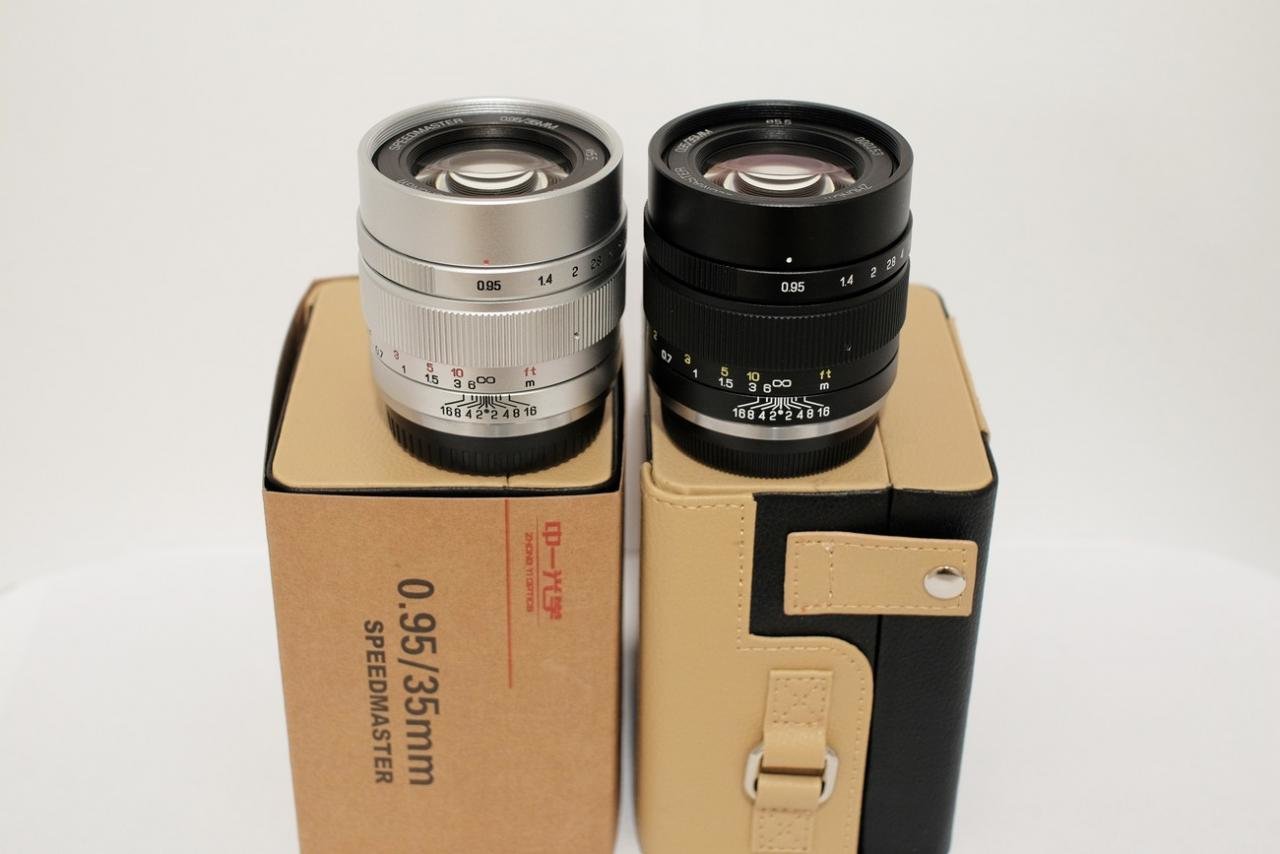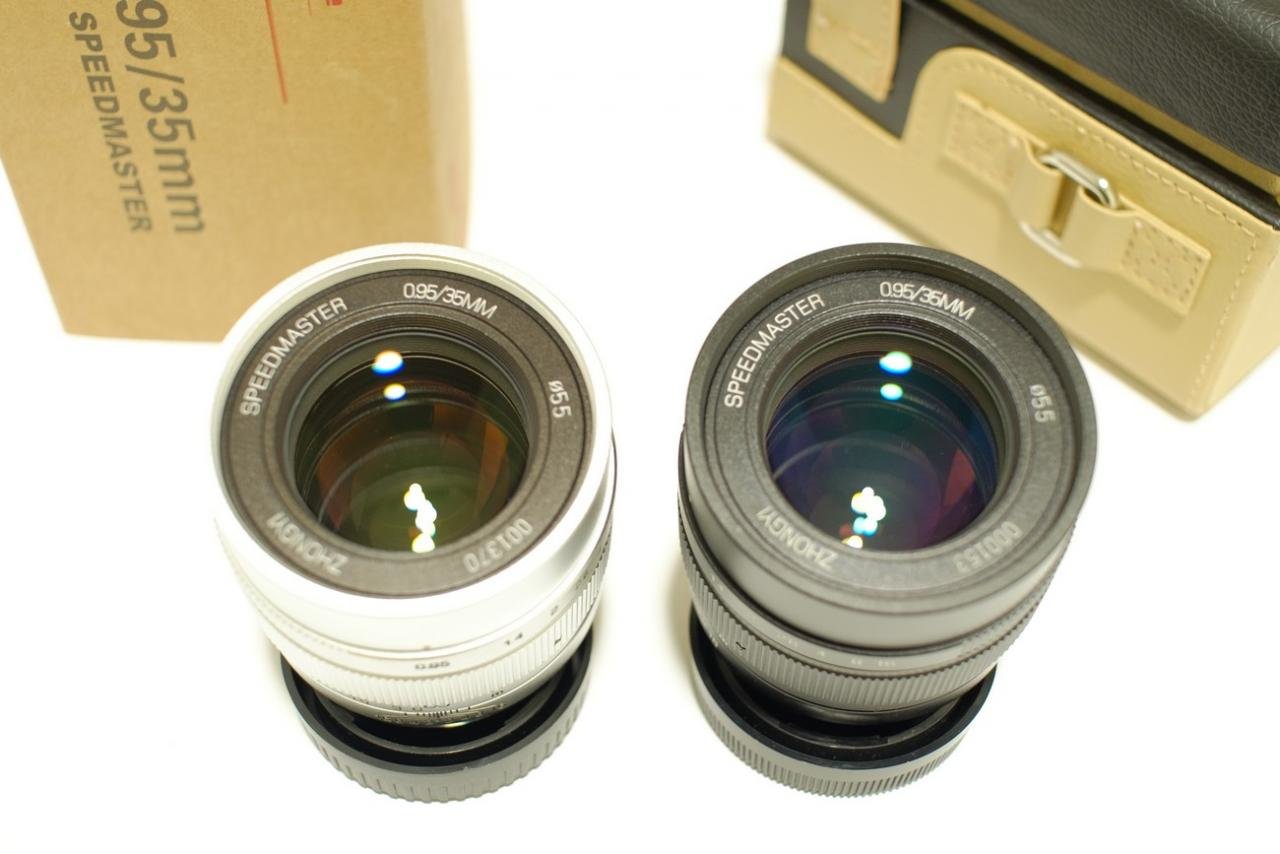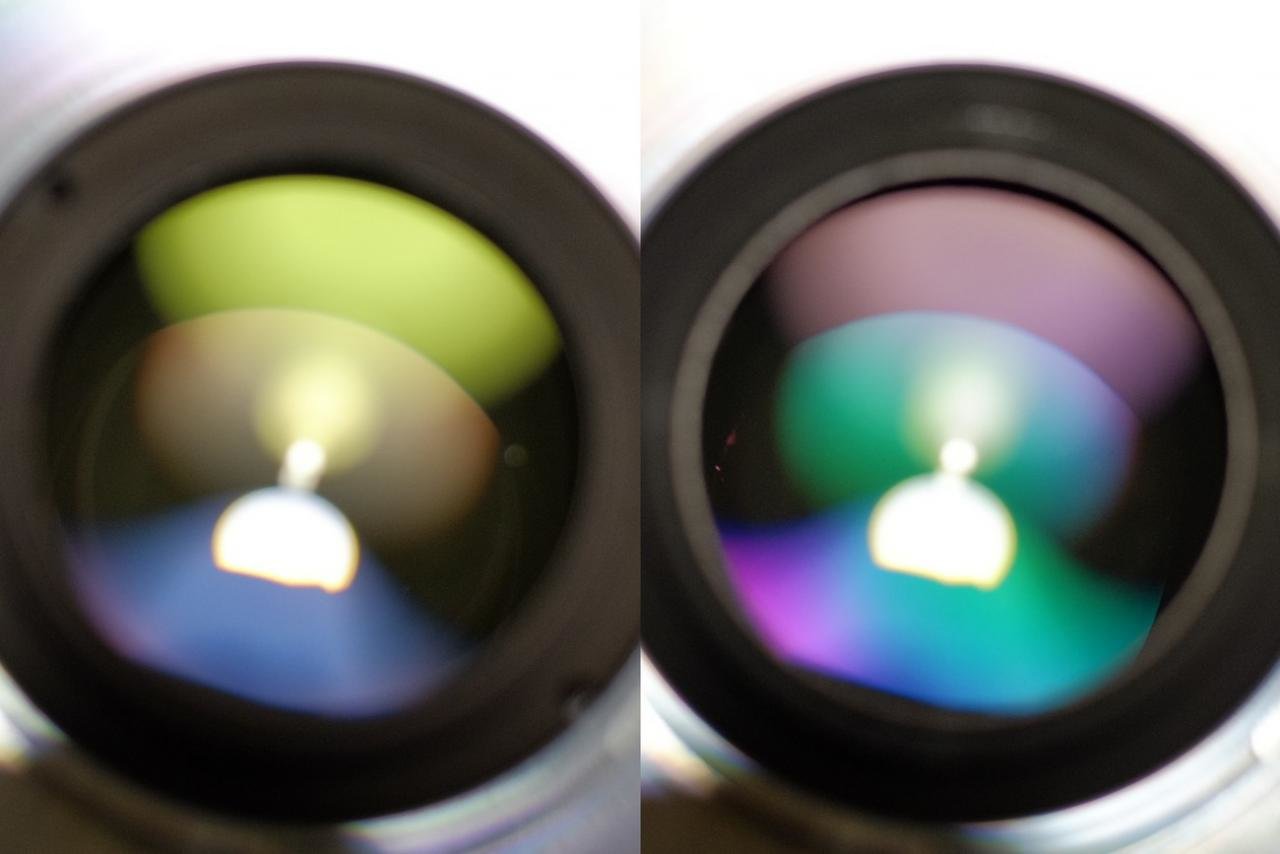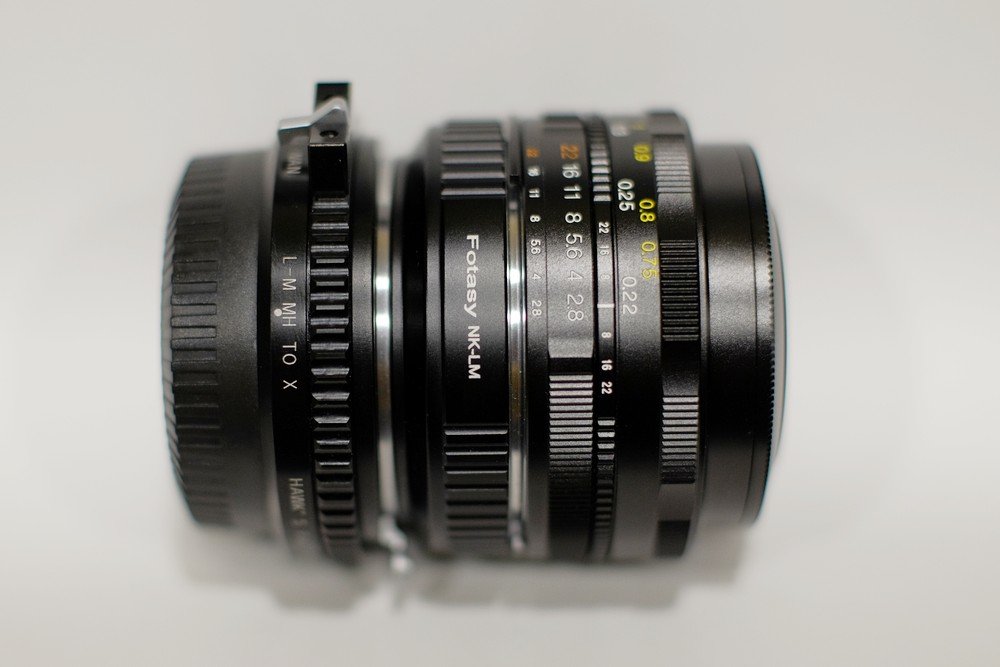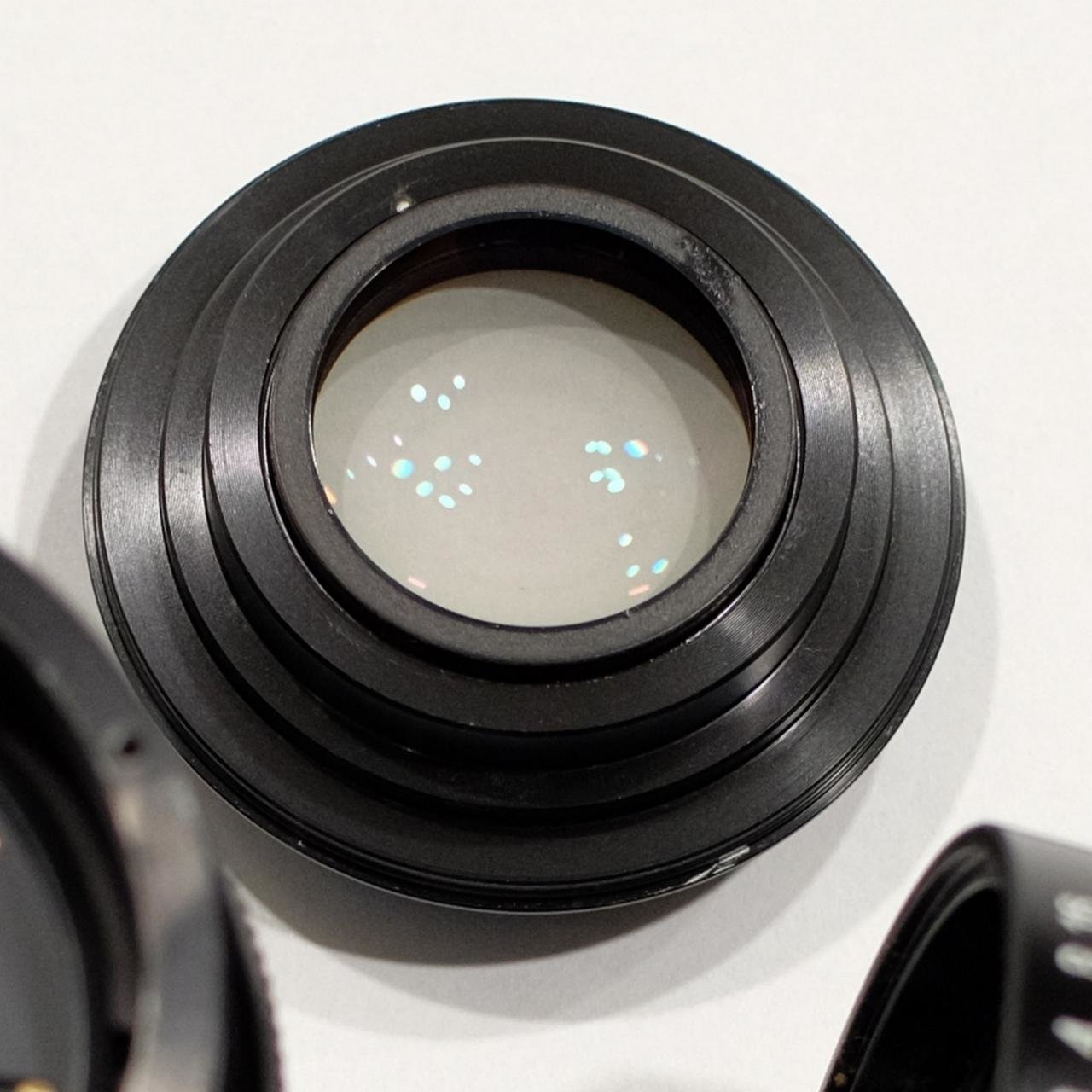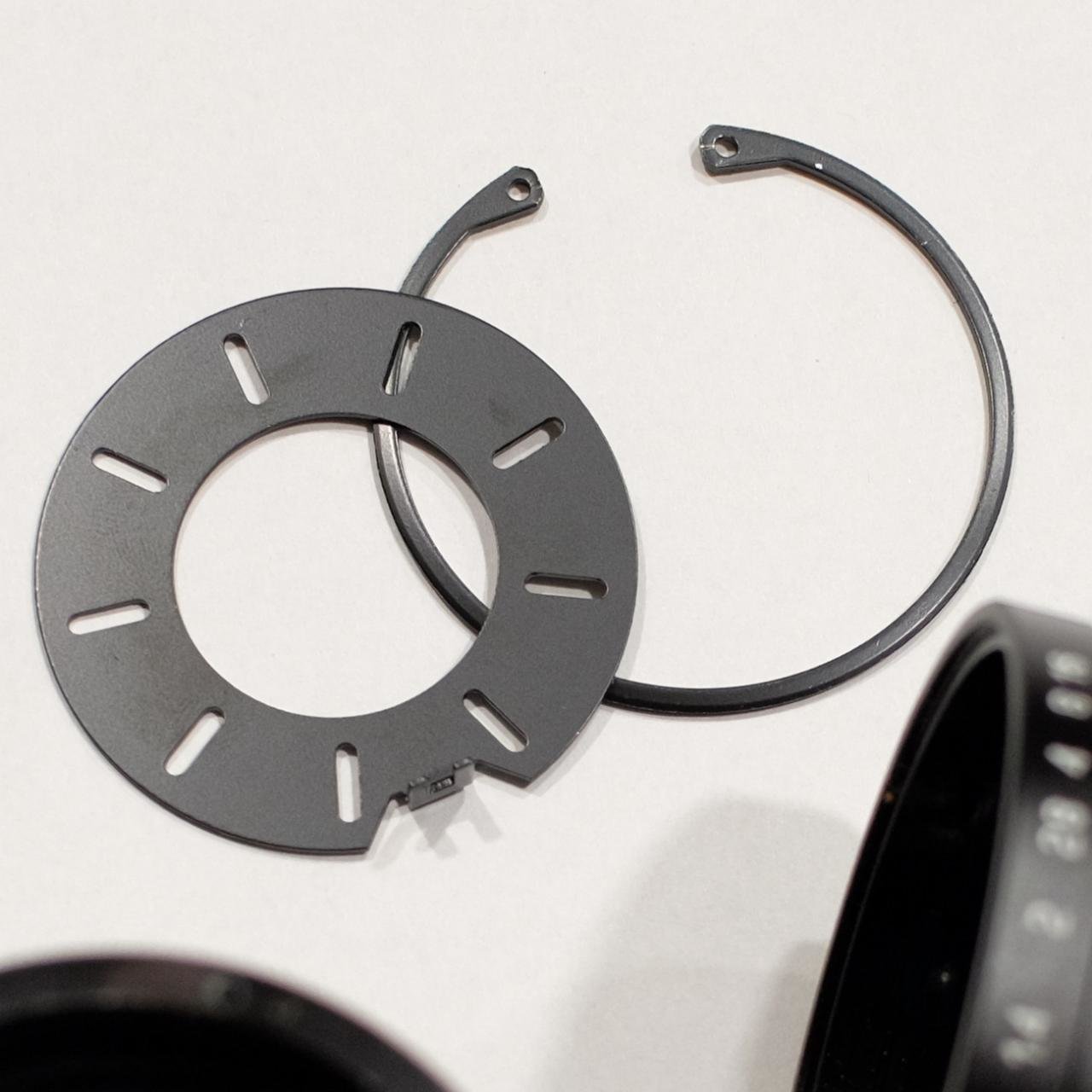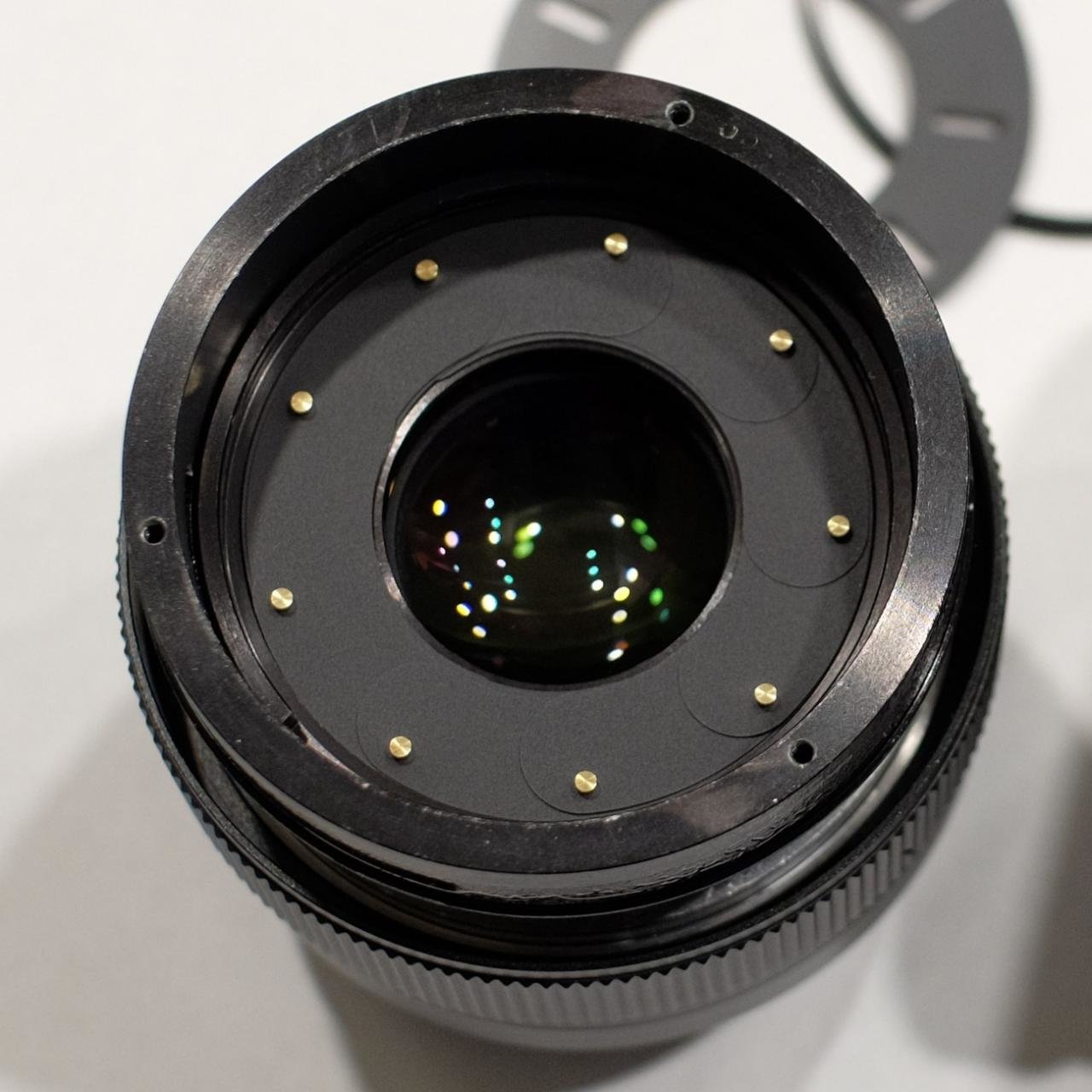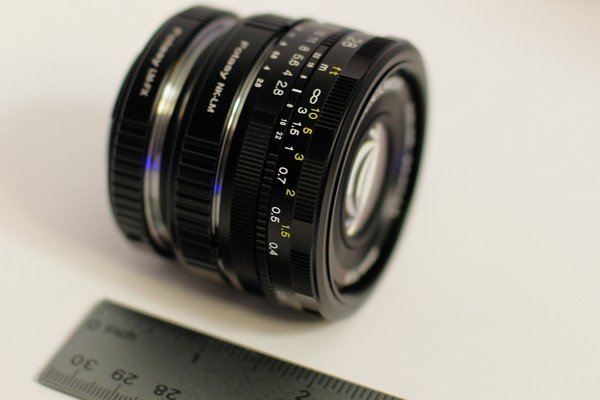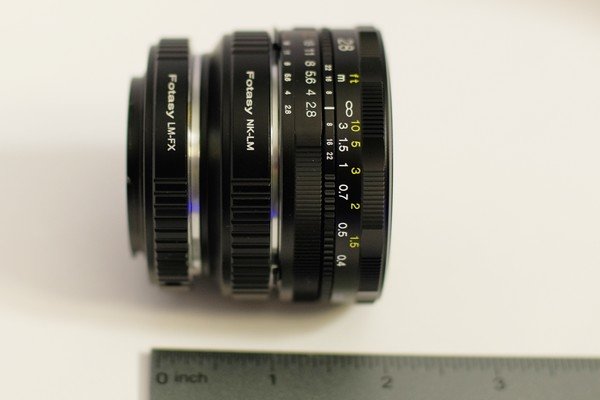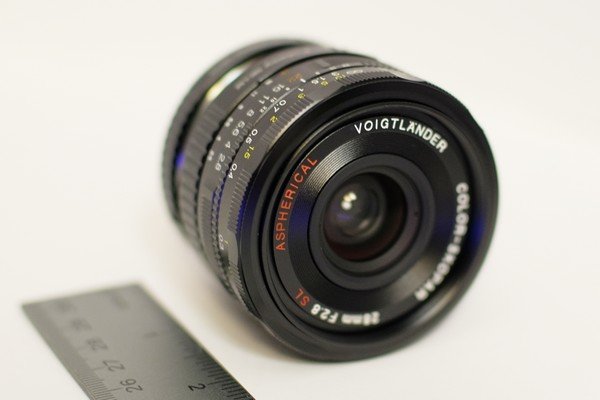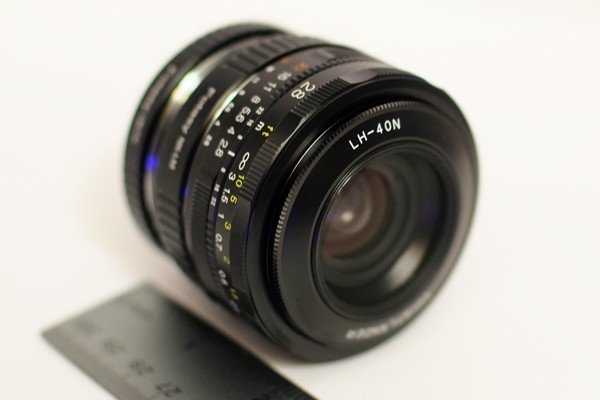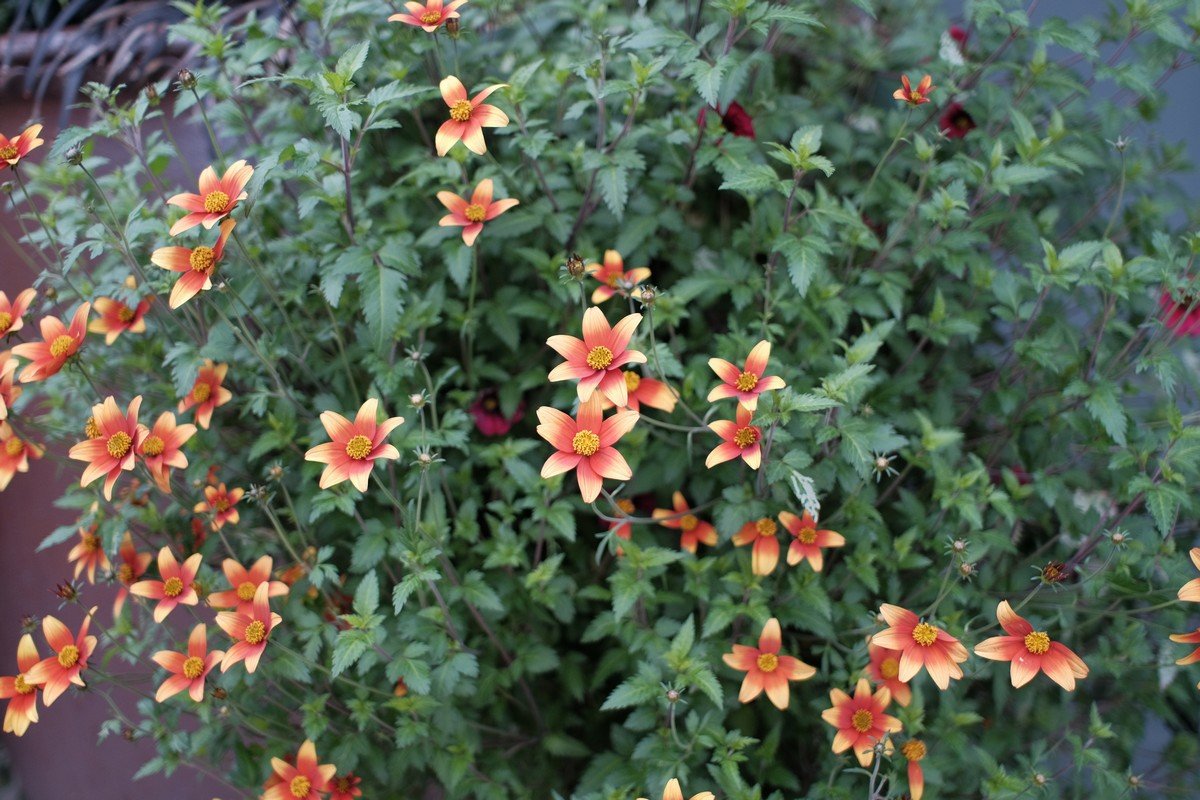-
Posts
327 -
Joined
-
Last visited
-
Days Won
10
Content Type
Forums
Gallery
Store
Everything posted by yukosteel
-

Adapated Leica lenses on X-T series
yukosteel replied to Franky2step's topic in Adapting lenses to Fuji X
I'd recommend to consider helicoid (close focus) adapters. They are larger but allow to focus closer on lens, that are typically have 0.7m or 0.9m closest focus. -

Voigtlander 28mm 2.8 SL II (Nikon)
yukosteel replied to yukosteel's topic in Adapting lenses to Fuji X
- 4 replies
-
- Voigtlander
- 28mm
-
(and 2 more)
Tagged with:
-
One more shot right after the storm
-

X-E1 and X-PRO1 IQ
yukosteel replied to elandel's topic in Fuji X-E4 / Fuji X-E3 / Fuji X-E1 / Fuji X-E2 / Fuji X-E2s
I'd recommend to read article on dpreview , they have nice comparison of X-Pro1 and X-E1 JPEG tonal curves for different Film Simulations. I had X-E1, X-T1, X-E2, and can confirm that X-E1 has much more pleasant shadow details and much wider dynamic range comparing to same film simulations in X-E2 and X-T1. I like X-E1 JPEG much more, but Fuji made me addicted to better performance of X-E2s viewfinder which is critical for me. -
That 300mm is already sensitive to atmospheric conditions, very far objects can be noticeably distorted by air mass fluctuations. Mt Rainier, X-E2s + AF Nikkor 300mm f4, distance is approx 90 miles.
-
This is another Nikon AF glass I extensively used in the past and sold when moved to Fuji X. I tried XF 50-140mm f2.8, but lens didn't fit my personal expectation. Yes, there is quick autofocus, IS, and super sharp image (even bit sharper than I want). That lens it's large, heavy, expensive, and bothers me by extra digital operations and noise. Also 140mm was a bit limiting after using of XF 55-200mm. Today I received great Nikon AF 180mm f2.8 ED sample from Japan in near mint conditions for only 2/3 of the price I sold my previous one. This lens is built like a tank, has quite convenient focus ring position, and of course f2.8. One of the downside - no tripod collar. But it's not too heavy and works great wide open, so shooting experience on Fuji X-E2s is very pleasant. Welcome back, Nikon : )
-
One of the benefit of this AF 300mm f4 model - its focus limiter ring. It's designed to set Autofocus limit range, e.g. infinity - 5m. Nikon AF lens often allow focus ring to bypass the infinity (which is required for more effective autofocus). So when I focus on far objects manually on Fuji X, it takes time to catch the infinity point. The focus limiter allows to limit max focus ring range on exact infinity point. So I don't need to hunt for that anymore and simply rotate focus ring until it stops.
-
I had Nikon AF 300mm f4 at the time purchased X-E1. It was tough to focus using viewfinder, and almost impossible when using screen handheld. So just sold that glass as well as other Nikon stuff. X-E2 and X-E2s have lower magnification mode in the viewfinder comparing to X-E1, and it makes focusing with all lens noticeably easier for me. I've realized that price went dramatically down for Nikon AF glass, and just purchased AF 300mm again almost two times cheaper then sold it in 2013. Here's one of the result from this lens on X-E2s. I've purchased lens for bird shooting, but didn't catch nice bird yet : )
-
I'd recommend to try XF 35 1.4 first
-
It's same behavior across Fuji X cameras, you can only use functional button to on/off Movie recording X-T1 Movie button initially was dedicated to do that. Only in later FW updates that button become function (with some delay though). And yes, Fuji "custom setting" set only stores limited amount of settings mostly related to image tweaks. I'd better name it "custom film settings" for less confusion : ) Another brands like Nikon/Panasonic/etc. can store full set of overall camera settings in their "custom set", which I'd name "custom camera settings".
-
It's a relatively small nice lens that works great on Fuji bodies with simple LM>FX adapter. Unlike previous version it has shorter focusing distance of 0.7m which is great. I've purchased mine used and lens had some large dust particles inside on glass surface right in the aperture chamber. It was tough to discover how to disassemble Voigtlander 50 1.5 Leica M mount version, so this picture may be helpful:
-

Silver Mitakon Mark II 0.95/35mm vs its "Dark Side" version
yukosteel replied to yukosteel's topic in Fuji X Lenses
Didn't notice any difference while shooting, despite the different coating both lens deliver same results. However my silver sample had issue with focusing ring. I didn't notice it much until compared with silky smooth focusing on black sample. There was about 1-2mm lag on changing focus direction, which makes precise focusing a bit slower process. Chinese seller offered return and replace, but that's too much time, so decided to fix that locally. I've disassembled helicoid and re-distributed white grease. I've also adjusted better positions of helicoid lockers. It solved the issue, now lens is focusing very smooth without any lag. Few shots, all at f0.95 ISO200, 1/1700s, +2/3EV ISO800, 1/60s ISO1250, 1/60s Few daily close up shots at f2 - f2.8 -

Voigtländer LH-40N hood for Zeiss Touit 32mm F1.8
yukosteel replied to JYC2's topic in Fuji X Lenses
It's very good point about reversed filter coating. I'm using B+W MRC nano version, these filters have 8 exact coating layers on each side, so there are no issues with reversing. And I don't see any difference on shots. Just had that 39mm filter already from another lens sold. -

Voigtländer LH-40N hood for Zeiss Touit 32mm F1.8
yukosteel replied to JYC2's topic in Fuji X Lenses
Great idea : ) Too sad there no many hood options like this. I'm using hood on Voigtlander 28mm 2.8 SL-II, and it's 39mm inner thread accepts slim filter to be mounted from the inner side. So instead of 52mm filter I put 39mm filter there and lens size is a bit smaller that way. -
Decided to share few interesting observations from comparing "two color" versions of exact same lens - Mitakon Mark II 0.95/35mm. There are few obvious differences displayed on dealers site pictures - newer version has silver aluminum frame, red numbers for ft, and red dot marker for aperture position. Deeper look unveils one more difference - silver version has more yellowish and greenish tint on glass surfaces, comparing to its "Dark Side" version. Same from the rear look One more positive difference in this new silver sample - aperture blades don't shake inside on f0.95 value (they do in the black version). Other than that both lens deliver exactly same sharpness and contrast indoor. Will be interesting to try them under different light. Will share if notice any other difference. And to my taste silver version looks more natural on Fuji-X silver/chrome bodies : )
-

Voigtlander 28mm 2.8 SL II (Nikon)
yukosteel replied to yukosteel's topic in Adapting lenses to Fuji X
Well, that 2 adapters are just metal rings with corresponding mounts, there are no glass in adapters, so they do not affect lens in any way. Focus distance remains the same - from 0.22mm to infinity. I've recently started using Hawk's helicoid adapter for Leica M mount. It allows to focus with Leica M glass much closer, which is quite convenient with lens that has only 0.7m or 0.9m minimal focus distance. With Nikon versions of Voigtlander 28mm 2.8 SL-II or Voigtlander 58mm 1.4 SL-II I can focus even closer with this adapter. But the main positive thing is - I just keep Hawk's helicoid on camera all the time and just switching Leica M lens or "adapted to Leica M" Nikon Voigtlanders.- 4 replies
-
- Voigtlander
- 28mm
-
(and 2 more)
Tagged with:
-

Mitakon Zhongyi 35mm f0.95 MK-II - aperture disassembly
yukosteel replied to yukosteel's topic in Fuji X Lenses
I'm still in design phase of aperture clicks upgrade. Also ordered silver version of this lens, so will most likely do that on second lens. If I understand right the exact half-stop clicks can be found by direct measurement of aperture hole diameter.- 5 replies
-
- disassemble
- 0.95
-
(and 3 more)
Tagged with:
-

Mitakon Zhongyi 35mm f0.95 MK-II - aperture disassembly
yukosteel replied to yukosteel's topic in Fuji X Lenses
Few more comments for this disassembly. There is knocking sound when the lens is shaken with fully open aperture. Now it's pretty clear that noise is produced by that 9 aperture blades moving on their positions. That extra space is required to let all blades close to small f16 hole without extra pressure on blades metal. It's also relatively easy to disassemble front area to repair aperture if any blade comes out of its place, or for cleaning internal dust. Most of the dust may come to that area from the side hole of inner cylinder where aperture ring long screw is controlling aperture slider. Due to front lens group is firmly assembled to metal frame, there are no risk of optical misalignment, though you need to mark it's radial position before pulling out lens group. I'm also thinking on few possible options to introduce "aperture clicks" for this lens, or at least slightly increase tension of aperture ring rotation.- 5 replies
-
- disassemble
- 0.95
-
(and 3 more)
Tagged with:
-

Mitakon Zhongyi 35mm f0.95 MK-II - aperture disassembly
yukosteel replied to yukosteel's topic in Fuji X Lenses
Here is how front lens group element looks on the other side 6. Remove radial spring and top aperture plate. 7. Now you have access to aperture blades- 5 replies
-
- disassemble
- 0.95
-
(and 3 more)
Tagged with:
-
Disassembly steps (updated): 1. unscrew inner ring with lens marking "1" CCW. Then unscrew 3 silver screws "2". NOTE: green arrow shows scratch on metal frame inside. Actually this is "factory mark" : ) that shows calibrated position of front lens group frame. If you don't have one in your lens just mark with pencil. 2. unscrew long black screw on the aperture ring. Pull out aperture ring. 3. gently pull out front lens group element. 4. Now you have access to aperture, and also can clean dust on glass surfaces if needed. Remove ring that holds top aperture plate.
- 5 replies
-
- disassemble
- 0.95
-
(and 3 more)
Tagged with:
-
Wow, great job done!
-

Complete Overview over the available and upcoming Fuji X-Mount lenses
yukosteel replied to quincy's topic in Fuji X Lenses
Noticed this Fisheye on eBay: 7.5mm f2.8 in Fuji mount "Construction: 11 pcs aperture blades + 9 groups high quality optical glass + Multi-coated." www.ebay.com/itm/262743864353 -

Voigtlander 28mm 2.8 SL II (Nikon)
yukosteel replied to yukosteel's topic in Adapting lenses to Fuji X
Saying about handling and lens size, it's very compact - only about 2" long including adapters. I've used NikonF>LeicaM>FujiX adapter pair. Focus ring is a bit far, but still in comfortable zone. Lens has 52mm filter thread. I've put LH-40N lens hood for extra protection, and screwed in 39mm filter from the inner side to keep size smaller.- 4 replies
-
- Voigtlander
- 28mm
-
(and 2 more)
Tagged with:
-
Keep looking for manual alternative of XF 27mm 2.8 lens. Decided to try Voigtlander 28mm 2.8 SL II in Nikon F mount (Canon mount version is heavier and larger). I like how it performs on Fuji sensor. F2.8 F2.8 F5.6
- 4 replies
-
- Voigtlander
- 28mm
-
(and 2 more)
Tagged with:




